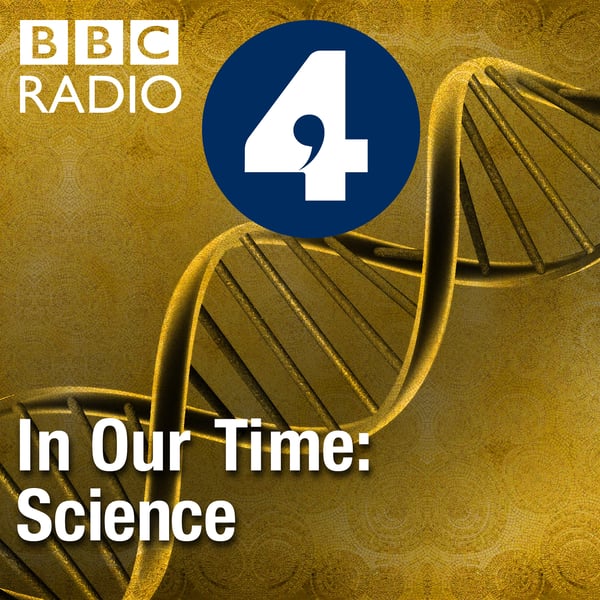Solar Wind
In Our Time: Science
BBC
4.5 • 1.4K Ratings
🗓️ 23 January 2020
⏱️ 55 minutes
🧾️ Download transcript
Summary
Transcript
Click on a timestamp to play from that location
| 0:00.0 | BBC Sounds, music radio podcasts. |
| 0:04.6 | Thanks for downloading this episode of In Our Time. |
| 0:07.2 | There's a reading list to go with it on our website and you can get news about our |
| 0:10.8 | programs if you follow us on Twitter at BBC in our time. I hope you |
| 0:15.1 | enjoy the programs. Hello the solar wind is matter, blown from the sun out into |
| 0:19.8 | the whole solar system at up to 2 million miles per hour. We notice its impact |
| 0:24.7 | when Earth's magnetic field diverts it towards our poles from the northern and |
| 0:28.8 | southern lights or when it makes comet tails or when it damages electrical equipment. It was Eugene Parker in it was and ever since we've been sending out probes to learn more about this phenomenon |
| 0:43.8 | so fundamental to understanding life and the universe. |
| 0:47.0 | We'd me to discuss solar wind, Helen Mason OBE, reader in solar physics at the |
| 0:51.2 | Department of Applied Mathematics and Theoretical Physics, University of Cambridge, |
| 0:55.2 | Fellow at St Edmonds College, Tim Hawbury, Professor of Physics at Imperial College London, |
| 0:59.9 | and Andrew Coates, Professor of Physics and Deputy Director in charge of the solar system at Mulard Space Science Laboratory University |
| 1:06.8 | College London. |
| 1:07.8 | Andrew Coates, I've summarised that very elliptically. |
| 1:11.0 | Can you tell us more about what the solar wind is? |
| 1:13.0 | Well the solar wind is a stream of material coming out of the sun all the time. |
| 1:17.0 | It's about a million tons per second. |
| 1:20.0 | It's gusting, it changes with time, but it also comes out of speed which is between 1 and 2 million miles per hour. |
| 1:29.0 | Those numbers are very big, but what we can say is how far it's going in a second |
| 1:34.8 | so actually the 1 million miles per hour is equivalent to about 300 miles per second |
| 1:41.5 | so you know imagine something about 300 miles per second it gives you an idea of |
... |
Transcript will be available on the free plan in -1891 days. Upgrade to see the full transcript now.
Disclaimer: The podcast and artwork embedded on this page are from BBC, and are the property of its owner and not affiliated with or endorsed by Tapesearch.
Generated transcripts are the property of BBC and are distributed freely under the Fair Use doctrine. Transcripts generated by Tapesearch are not guaranteed to be accurate.
Copyright © Tapesearch 2025.

